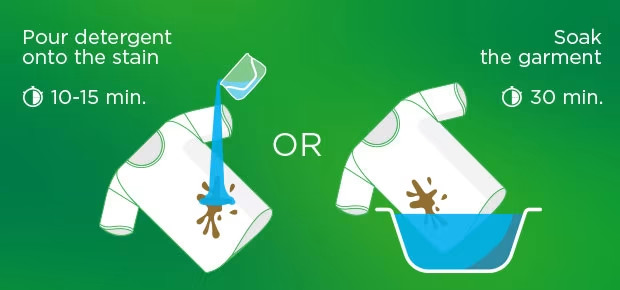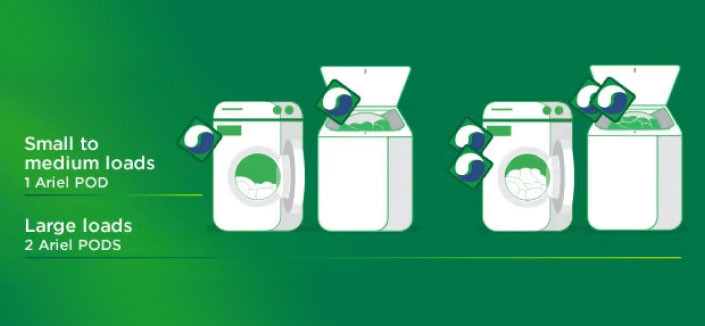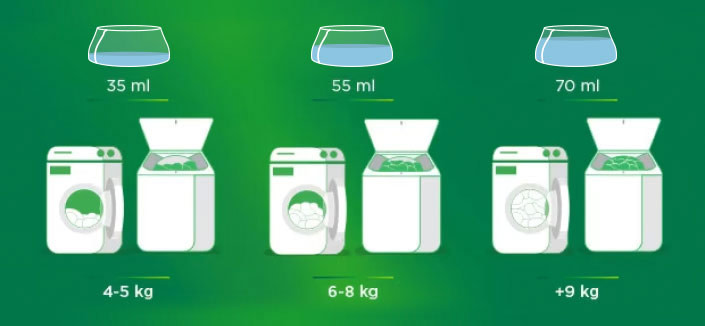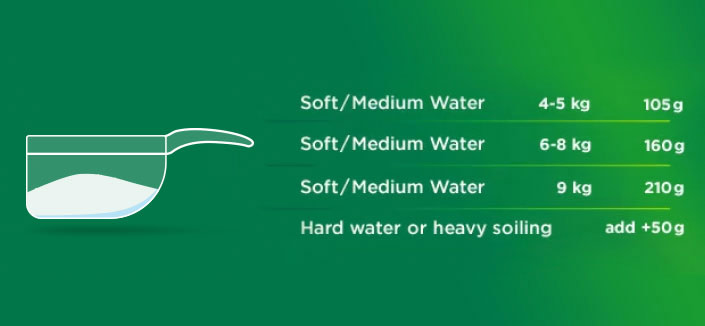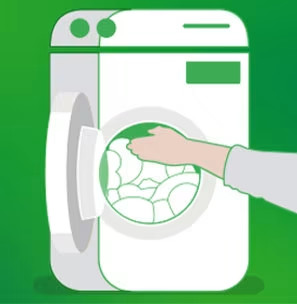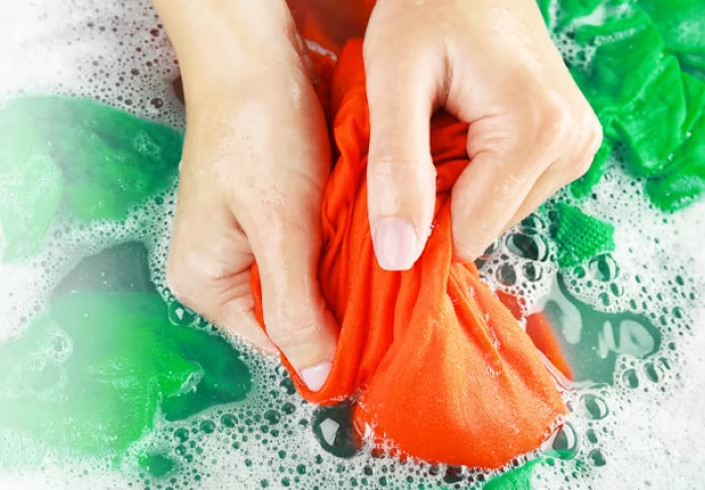How to hand wash your clothes
For the perfect hand wash results, simply follow these steps:
1. Pick the right detergent
Choose Ariel Washing Powder for outstanding stain removal in one wash.
2. Sort clothes
Separate dark items from white and coloured items. Start with the lighter ones, and move towards the darker shades. Dyed items should be washed completely separately.
3. Fill two tubs
Use deep, wide tubs or sinks, and fill them three-quarters full of lukewarm water.
4. Add detergent
Following the dosing instructions, add detergent to one of the tubs.
5. Wash clothes
Submerge the clothes in the tub with the detergent and move them around with your hands. Don’t rub them to avoid any damage to the fabric. Do this for about three minutes, or until they’re clean.
6. Rinse clothes
Transfer the clothes to the tub with the clean water and rinse them for two to three minutes to remove any left-over detergent. If the clothes are still soapy, change the water until they’re free from suds.
7. Let the clothes drip and lay flat to dry
Don’t wring the clothes out, as this can damage the fabric. Lift them above the water instead and let them drip. When most of the water is gone, place them on a rack or a clean towel, and leave them to dry flat.


